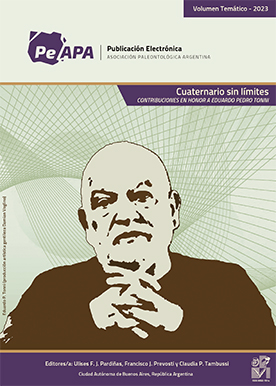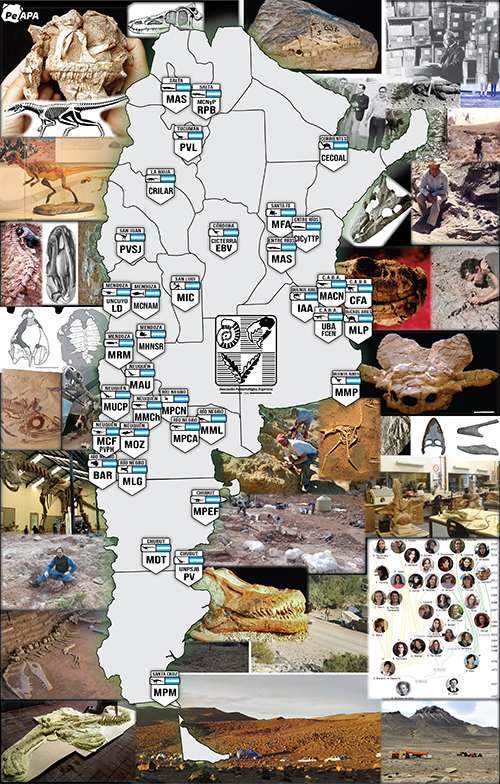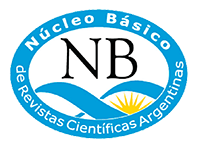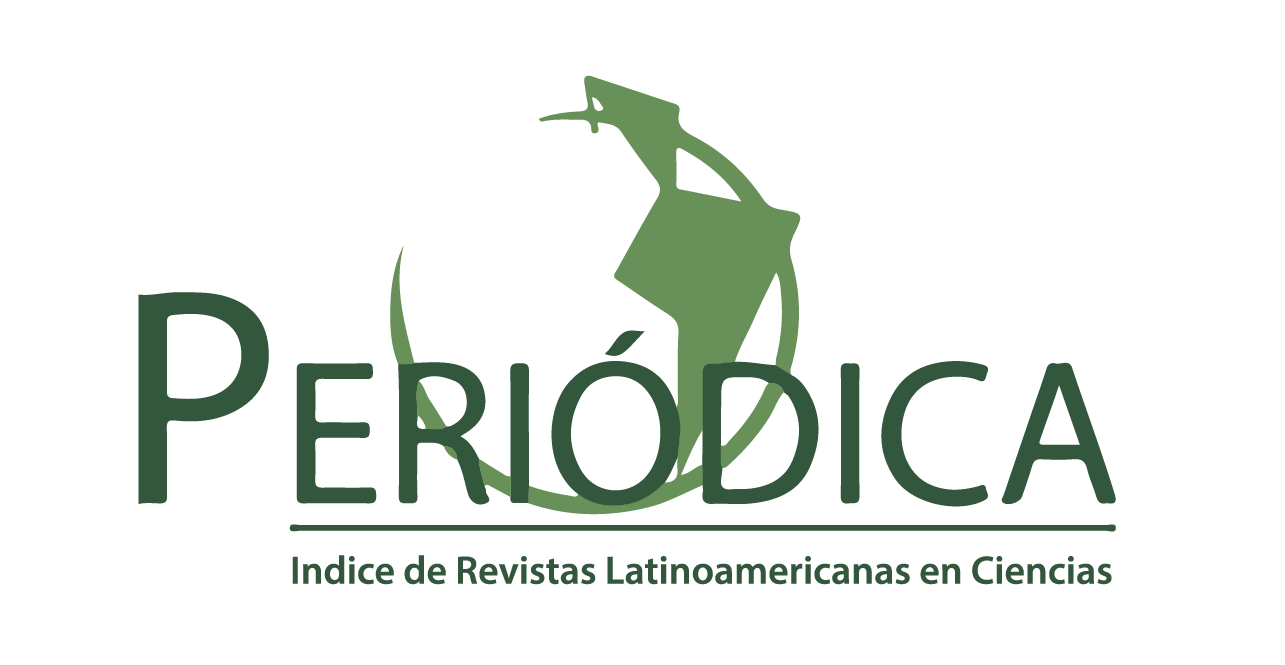ESTUDIO PALINOLÓGICO PRELIMINAR DE LA FORMACIÓN ISCHICHUCA (TRIÁSICO), EN SU LOCALIDAD TIPO (QUEBRADA DE ISCHICHUCA CHICA), PROVINCIA DE LA RIOJA, ARGENTINA
Resumen
This paper presents the first record of an abundant and well preserved spores and pollen assemblage from Ischichuca Formation, at quebrada de Ischichuca Chica (type locality), south-eastern of cerro Bola, Ischigualasto-Villa Unión basin, central-western of Argentina. The unit exhibits an upsection transition from sterile fluvial (gravely braided and sandy ephemeral) to fertile (i.e., palynomorph bearing), lacustrine deposits (including shallow freshwater, saline, and deep open lake facies). The palynologic content of Ischichuca Formation is significant both because of the large number of palynomorph species recorded (133 to date) and because of its biostratigraphic implications. Seventeen species are recorded for the first time in Argentinean Triassic strata, including the first record of the Chlorophycean alga Plaesiodictyon mosellanum Brenner y Foster in a gondwanic "Ipswich" microflora. The number of diagnostic palynomorphs found in Ischichuca Fm. and independent evidence from reptile footprints allow predicting an early Late Triassic (Carnian) age for the unit, although it probably could reach to the uppermost Ladinian (latest Middle Triassic). The Ischichuca Formation continental palynologic assemblage is closely comparable to those that characterize the Ipswich Microflora of Australia and elsewhere in the Gondwanan realm.
KEY WORDS. Palynology. Biostratigraphy. Triassic. Ischichuca Formation. La Rioja. Argentina.
Descargas
Publicado
Número
Sección
Licencia

Los/las autores/as conservan los derechos de autor/a y garantizan a la revista el derecho de ser la primera publicación del trabajo licenciado bajo una licencia CC Attribution-NonCommercial 4.0 que permite a otros/as compartir el trabajo con el reconocimiento de la autoría y de la publicación inicial en esta revista.




















